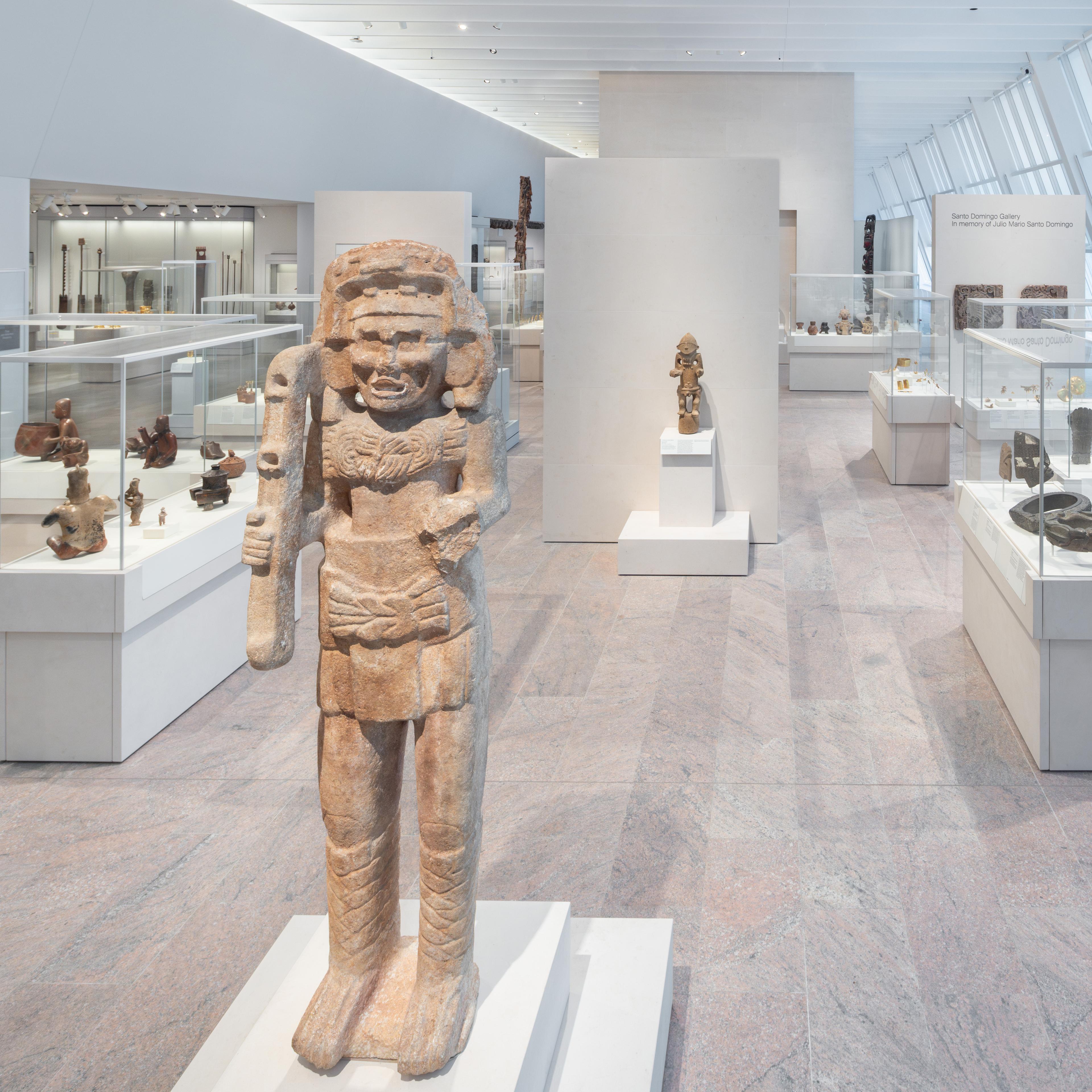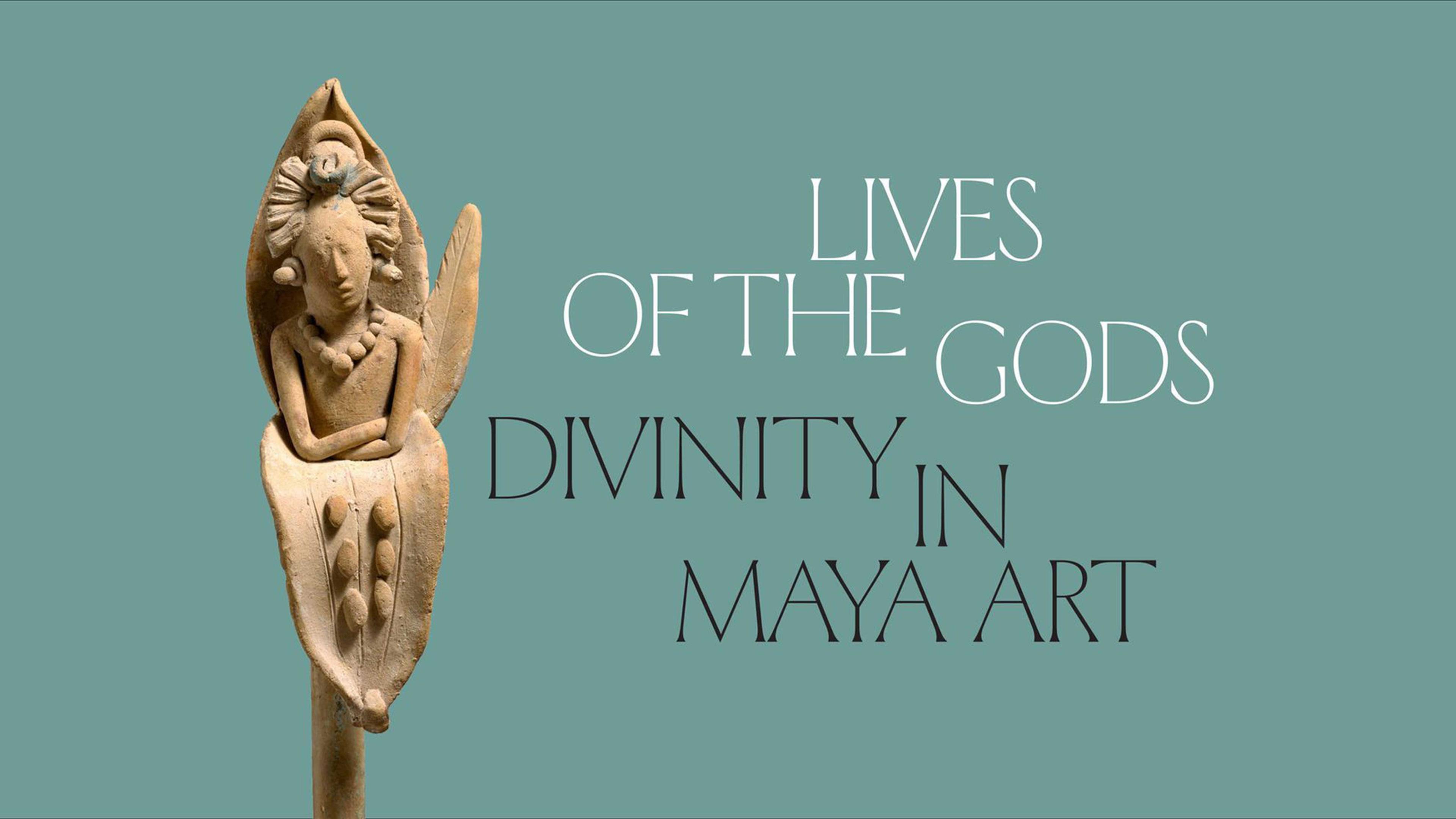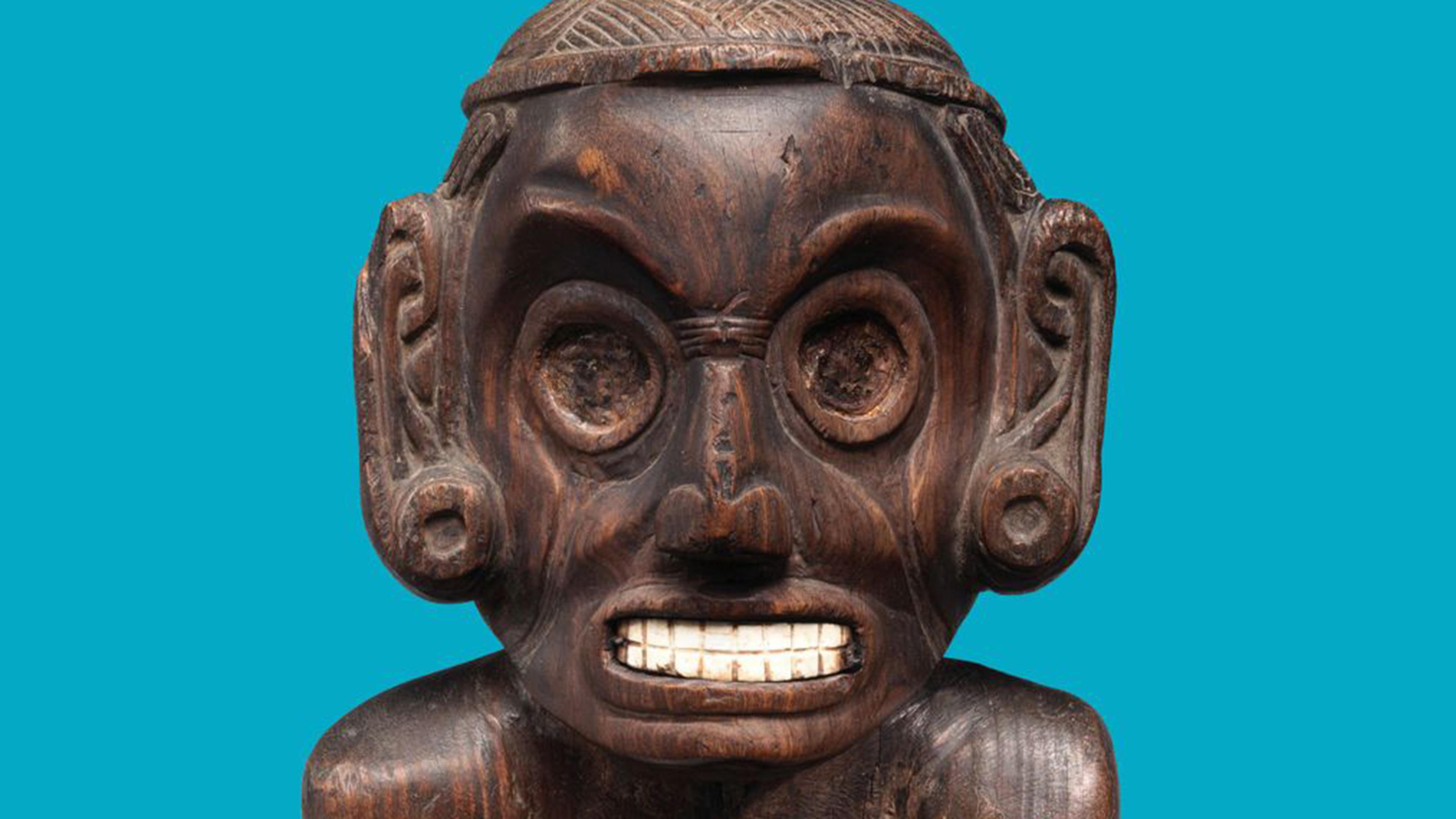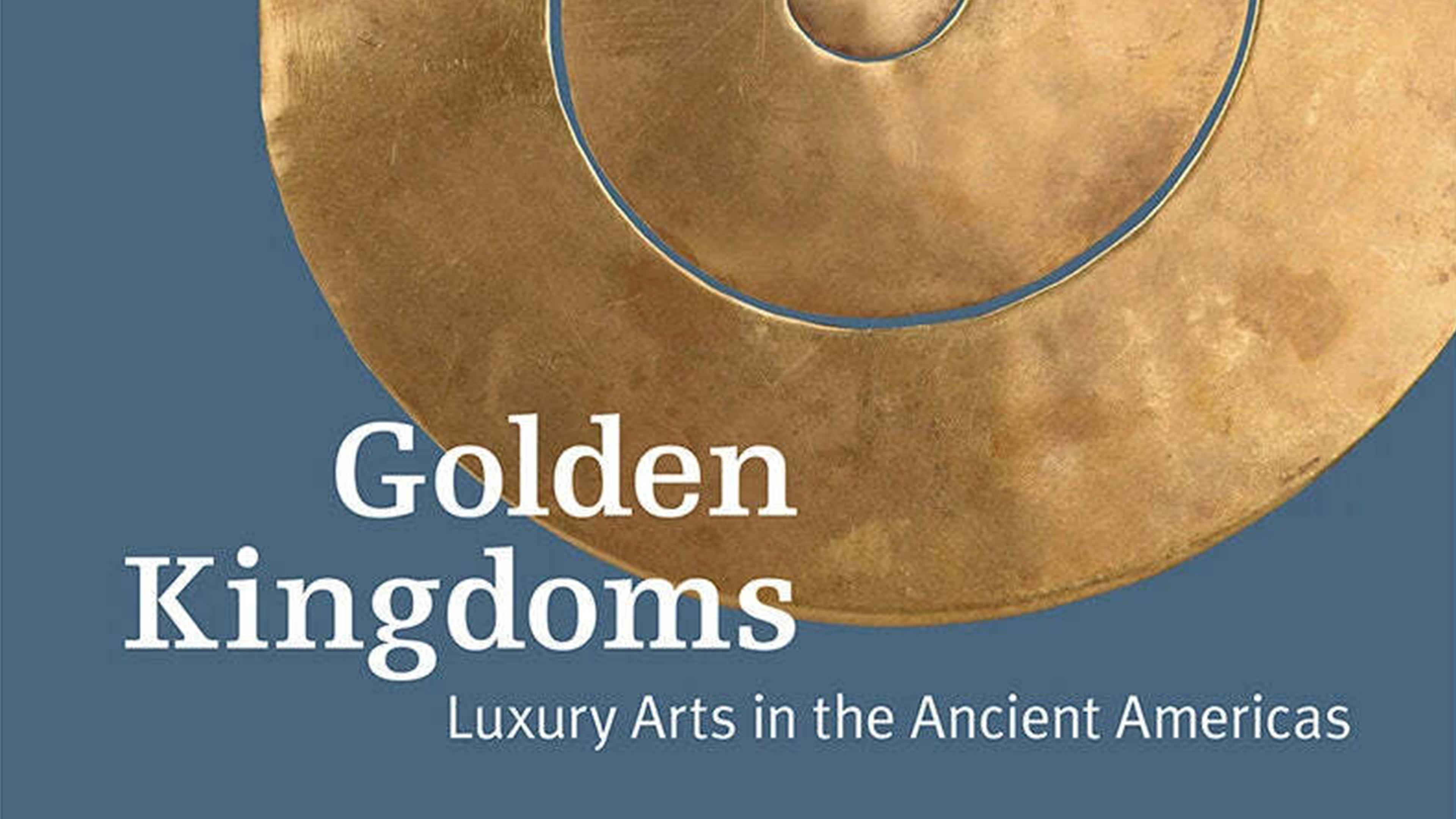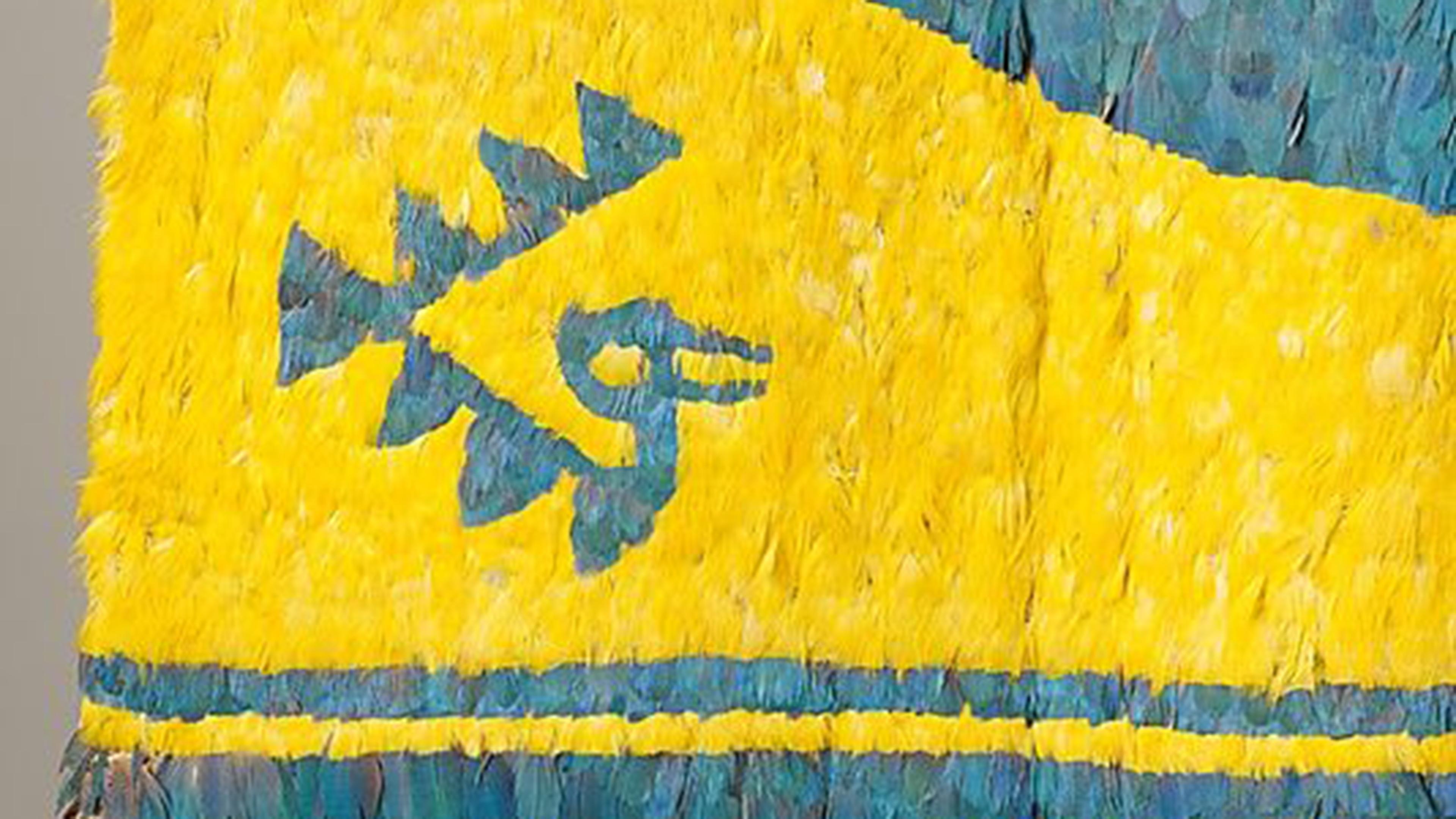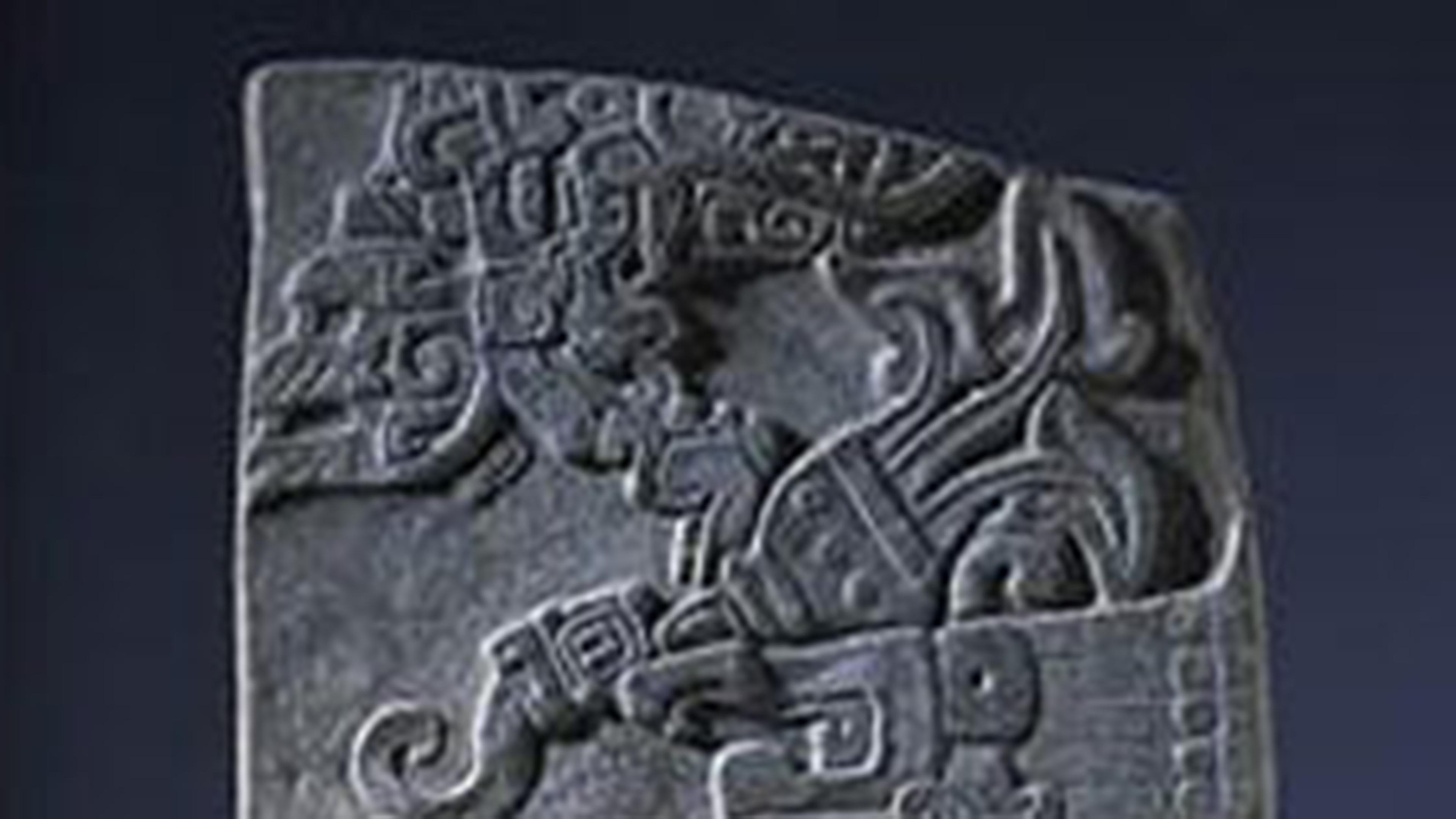
Ancient American Art in The Michael C. Rockefeller Wing
About Us
A rich history of creative expression—parallel to, but independent of, the rest of the world—unfolded in North, Central, and South America and the Caribbean thousands of years prior to European colonization. Over the course of several millennia, artists transformed select materials into monumental stone sculptures, finely crafted gold ornaments, and other works in wood, ceramic, shell, textile, and featherwork. The Met’s collection of ancient American art sheds light on how these works were commissioned, created, and animated by powerful men and women across the continents. The Museum’s holdings reflect the diversity of indigenous nations in Latin America before 1600 and celebrate the associated visual cultures, origin stories, and daily lives of the people who made them. The galleries present a journey through time and space, from the royal courts of the Classic Maya and their peers to the south, the Moche, to the massive city of Teotihuacan in central Mexico, to centers of innovative sculptural production in Western Mexico and Ecuador, and finally to the imperial capitals of the Inca and the Mexica.
The Met began to acquire works of ancient American art in the nineteenth century. Since the opening of The Michael C. Rockefeller Wing in 1982, international collaborations with colleagues and institutions across Latin America have resulted in landmark projects, from major exhibitions to focused explorations of specific topics.
The online collection features high-resolution, open-access images of works in the collection, along with cultural and chronological information. These object records—an ongoing research project—also provide data on the history of works from the time of their creation to their acquisition by the Museum.
Most of the collection comes from unknown archaeological contexts. The Museum is guided by the Report of the Association of Art Museum Directors' Task Force on the Acquisition of Archaeological Materials and Ancient Art (revised 2013) and the American Association of Museums' Standards Regarding Archaeological Material and Ancient Art, see Collections Management Policy.
See "Aztecs in the Empire City: 'The People without History' in The Met" for more on the history of the Ancient American Art collection.
For further reading on the history of the department, see Making The Met: 1870-2020 and The Nelson A. Rockefeller Vision: Arts of Africa, Oceania, and the Americas.
In 2025, the new galleries for the arts of the Ancient Americas reopened after a decade-long capital project. Learn more about the renovation here.
Art
Articles, Audio, and Video
Featured
Now open! Discover The Met’s new Michael C. Rockefeller Wing, featuring the Museum’s collections of the Arts of Africa, the Ancient Americas, and Oceania.
A new state-of-the-art digital map visualizes the complex and layered stories of the places, histories, and cultures of the Ancient Americas.
Celebrate the renovation and reopening of the Arts of the Ancient Americas galleries in the Michael C. Rockefeller Wing.
The Latest
- Audio
Examining a Figure of Power with Florencio Delgado Espinoza
A Song of the Stone
- Video
Installing the Wari Feathered Panels, 600–900 CE
- Audio
Connecting to the Past with Francisco Corrales Ulloa
- Video
Exhibition Tour—Arts of the Ancient Americas | Michael C. Rockefeller Wing
- Audio
Weaving Together Generations with Nilda Callañaupa Alvarez
Research
The Robert Goldwater Library is a noncirculating research library dedicated to the documentation of the visual arts of sub-Saharan Africa, the Pacific Islands, and Native and Precolumbian America.
Four thousand years ago, artists in the Andean region of South America began transforming a ubiquitous material—clay—into vessels.
Exhibitions
Press the down key to skip to the last item.
